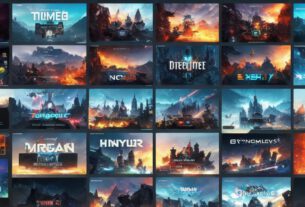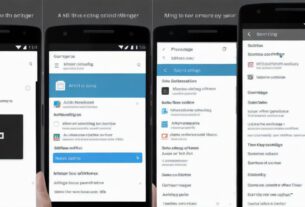With the rise of non-fungible tokens (NFTs) and their increasing popularity in the gaming industry, many developers are looking to create NFT games that can generate revenue through unique assets. However, creating a successful NFT game requires careful planning and execution. In this article, we will provide a roadmap for navigating the process of creating an NFT game successfully.
Step 1: Define Your Game Concept
Before diving into the technical aspects of creating an NFT game, it’s essential to define your game concept. This includes determining what type of game you want to create, what NFT assets will be used, and how players will interact with the game. Some popular NFT games include CryptoKitties, Rarible, and Decentraland.
Step 2: Choose Your Blockchain Platform
The blockchain platform you choose for your NFT game is crucial to its success. Ethereum is currently the most popular platform for creating NFT games, but other platforms such as Binance Smart Chain and Polygon offer faster transaction times and lower fees. It’s important to research each platform and select one that aligns with your game concept and budget.
Step 3: Design Your NFT Assets
The design of your NFT assets is essential for creating a successful NFT game. These assets should be unique, valuable, and have a clear purpose within the game. It’s important to consider factors such as rarity, scarcity, and demand when designing your NFT assets.
Step 4: Create Your Game Mechanics

The mechanics of your game are what will keep players engaged and motivated to continue playing. This includes determining how players will earn NFT assets, how they will be used within the game, and how they can be traded on the open market. It’s important to create a balance between fun and competitive elements in your game mechanics.
Step 5: Launch Your Game
Launching your NFT game is a critical step in its success. This includes creating a website or app for the game, marketing it to potential players, and setting up a system for buying, selling, and transferring NFT assets. It’s important to have a solid launch plan in place to ensure that your game gets off to a strong start.
Case Study: CryptoKitties
CryptoKitties is one of the most successful NFT games to date, with over $2 billion in sales and millions of active users. The game allows players to breed, buy, and sell unique digital cats that are stored on the Ethereum blockchain. The game’s success can be attributed to its simple yet engaging mechanics, unique NFT assets, and effective marketing strategy.
Expert Opinion:
According to Michael Choi, CEO of Animoca Brands, a leading developer of blockchain games, the key to creating a successful NFT game is to focus on delivering value to players. "NFT games should be designed with player experience at the forefront, providing unique and engaging gameplay that keeps players coming back for more," says Choi.
Conclusion
Creating an NFT game can be a lucrative opportunity for developers looking to generate revenue through unique assets. However, it requires careful planning and execution to ensure success. By defining your game concept, choosing the right blockchain platform, designing valuable NFT assets, creating engaging game mechanics, and launching with a solid plan, you can create an NFT game that resonates with players and generates revenue.



